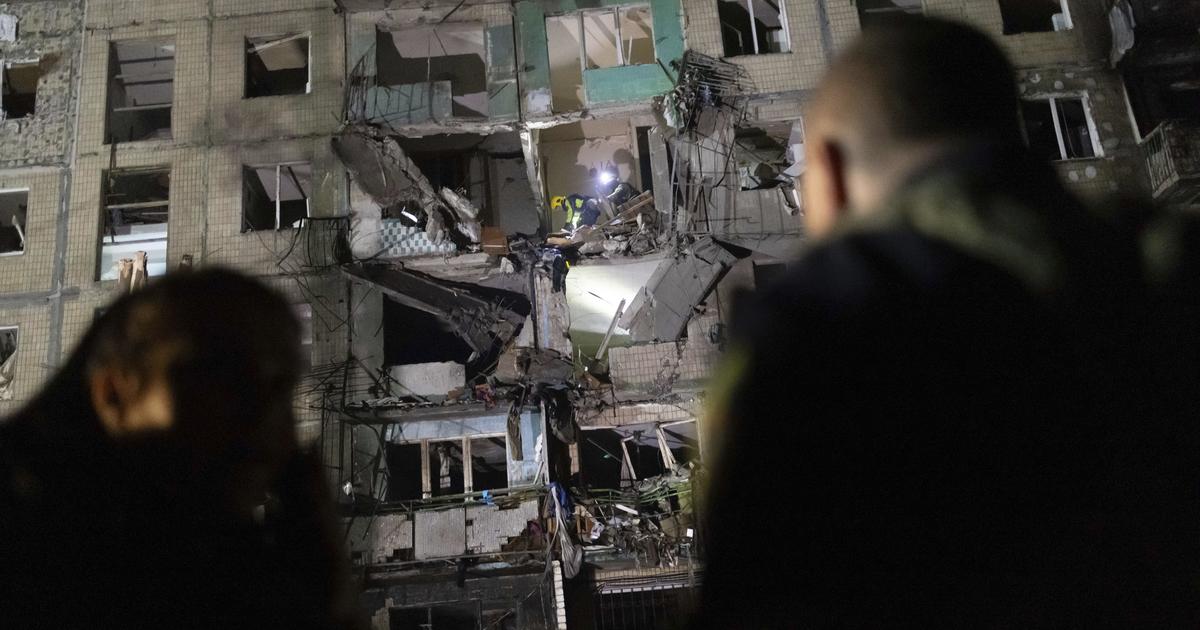The ongoing conflict in Ukraine has witnessed a shift in Russian tactics, with the increasing use of glide bombs causing significant damage and raising concerns. These inexpensive yet highly destructive weapons, retrofitted from Soviet-era munitions, are proving effective in targeting Ukrainian cities like Kharkiv, which lies precariously close to the frontlines. The recent attack on a Kharkiv apartment building, injuring 12 people including a young child, highlights the devastating impact of these weapons. This escalation underscores the urgency of the situation and the need for continued international support for Ukraine. The implications of this shift in tactics and the overall conflict’s trajectory will be discussed below.
The Devastating Impact of Glide Bombs in Ukraine
The Weapon and its Effectiveness
Russia’s deployment of glide bombs represents a significant development in the war. These weapons, essentially Soviet-era munitions upgraded with wings and satellite guidance systems, are cheap to produce but incredibly destructive. Their ability to strike with precision, carrying over a ton of explosives in some cases, makes them a potent threat. The impact is evident in the damage inflicted on civilian areas like Kharkiv, where an apartment building was recently hit, highlighting the indiscriminate nature of these attacks despite their guided systems. The relative low cost compared to more sophisticated weapons makes this type of warfare extremely viable for sustained use. The impact on civilian infrastructure and the high casualty rate underscore the need for stronger countermeasures.
Ukrainian Defenses and Challenges
Ukrainian forces are struggling to effectively counter the glide bombs. The Ukrainian Border Guard is actively monitoring the skies for launching aircraft, attempting to provide early warnings to communities under threat. However, the sophistication of Russian tactics and the range of the glide bombs pose significant challenges. Colonel Maksym Balagura, commander of a Ukrainian Border Guard unit, highlights the constant fear faced by his soldiers as they respond to these attacks. Their efforts showcase bravery in the face of overwhelming odds, though these warnings are only somewhat effective at mitigating damage. Improving detection and defense systems will be critical in combating the use of glide bombs.
Humanitarian Consequences
The attacks using glide bombs have dire consequences for Ukrainian civilians. The recent Kharkiv incident serves as a grim example of the devastation these weapons can inflict, resulting in casualties and destruction of civilian infrastructure. The psychological impact on civilians subjected to repeated attacks is immense. Many cities like Kharkiv, are accustomed to living under the constant threat of attack, significantly impeding normal life, particularly for the population displaced by war. This continued destruction adds to the substantial humanitarian crisis in Ukraine.
The Broader Context of the War in Ukraine
Russia’s Territorial Gains and Military Strategy
Russia has made significant territorial gains in recent months, particularly in eastern Ukraine. The fall of key cities like Avdiivka and Vuhledar demonstrates the effectiveness of Russia’s adjusted strategies, despite massive losses in military personnel. The ongoing push towards Pokrovsk, a vital logistics hub, indicates Russia’s ambition to further consolidate its control over eastern Ukraine and secure important transportation networks. Pro-Kremlin media highlight these territorial gains but rarely report actual casualties and losses.
Ukraine’s Reliance on Western Aid
Ukraine’s ongoing fight against Russia heavily depends on continuous military support from the U.S. and its NATO allies. President Zelenskyy’s persistent plea for advanced weaponry and the ability to strike deep into Russian territory underscores this need. The possibility of increased weapon access, while welcomed by Ukrainian forces, also raises concerns about possible escalation of the conflict. The potential for expanded targeting ability creates another critical point of pressure in negotiations between countries.
The Geopolitical Implications and Uncertainties
The ongoing conflict has substantial global geopolitical implications. President Zelenskyy’s repeated warnings about the potential for the war to escalate and spread into NATO territory highlight the precarious balance of power. Uncertainty surrounds the commitment of long-term support and aid for Ukraine, and any potential change in US policy and commitment has a direct influence over ongoing conflicts and military aid. President Zelenskyy continues to push for long term support and collaboration for a peaceful resolution to the conflict.
International Responses and the Future of the Conflict
NATO’s Stance and Support for Ukraine
NATO’s recent statements and the visit by Secretary-General Mark Rutte demonstrate continued support for Ukraine, though firm promises alone may not guarantee Ukrainian victory. Rutte’s vow to step up support reaffirms the alliance’s dedication to upholding Ukraine’s sovereignty but the extent and nature of this aid remain vital to continued success for Ukraine. The challenges that remain and the necessity of sustained collaborative effort in achieving a resolution continue to cause global concern.
Uncertainties Surrounding U.S. Support
Uncertainty surrounds the future U.S. involvement in Ukraine. Former President Trump’s suggestions about ending the war, combined with ambiguity over his commitment to continued aid, create an environment of uncertainty for Ukraine. The potential for future changes in US policy is a significant factor to the continuation of this ongoing war.
Russia’s Long-Term Goals and Possible Scenarios
Despite the significant losses sustained by the Russian military, President Putin appears determined to continue his offensive. His focus on capturing more territory, evident in ongoing battles, indicates long-term objectives, which would have significant impact to the long term resolution to this conflict.
Takeaway Points:
- The increased use of Russian glide bombs represents a significant escalation in the Ukraine conflict, inflicting considerable damage on civilian areas and posing major challenges for Ukrainian defenses.
- Russia’s continued territorial gains in eastern Ukraine underline the intensity and complexity of the ongoing war.
- Ukraine’s continued reliance on Western military aid and support remains crucial for its defense against further aggression.
- International response, while affirming support, is still subject to potential shifts in geopolitical standing, with uncertainty about the level and continuity of future aid and military support for Ukraine.




